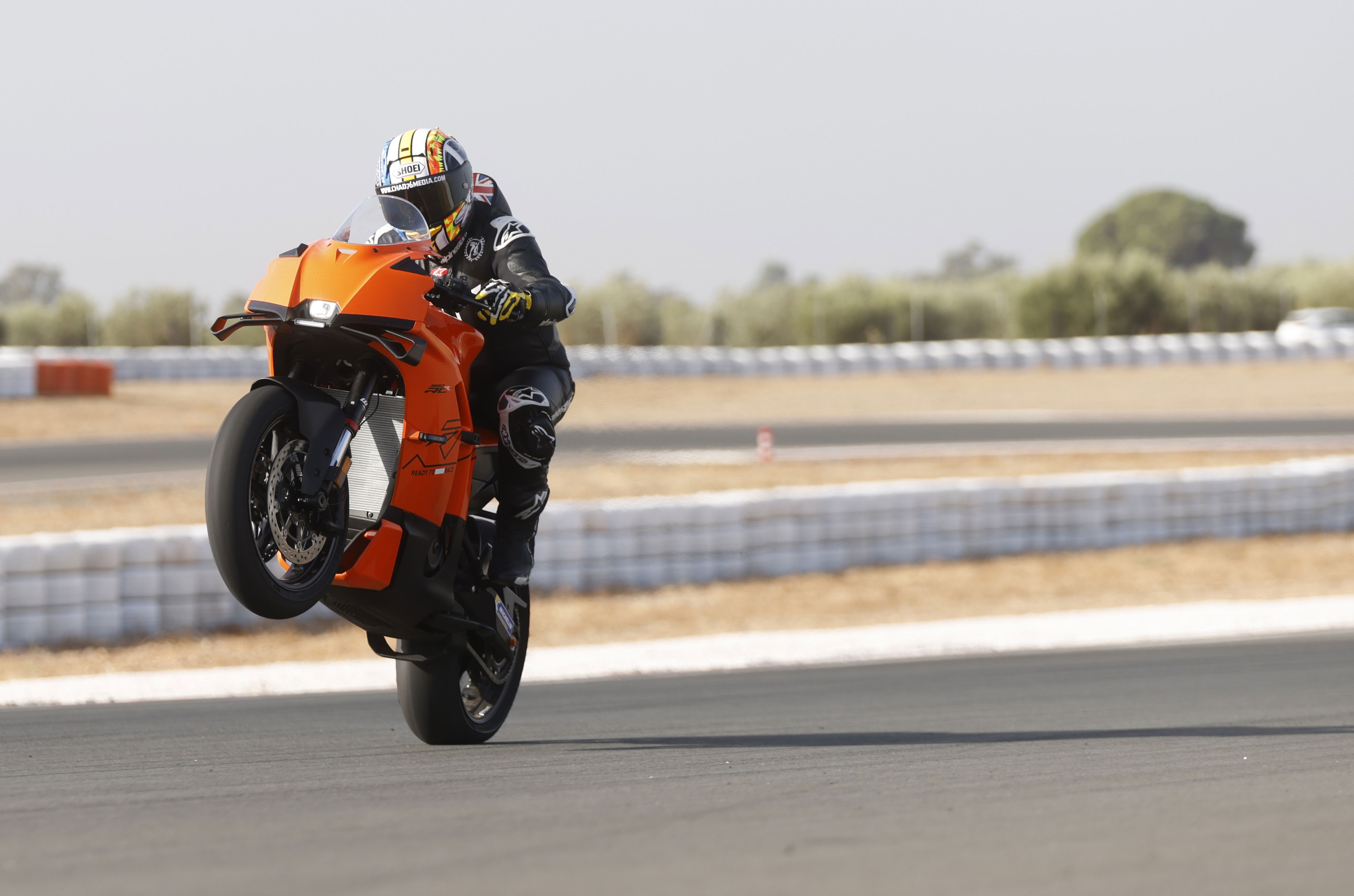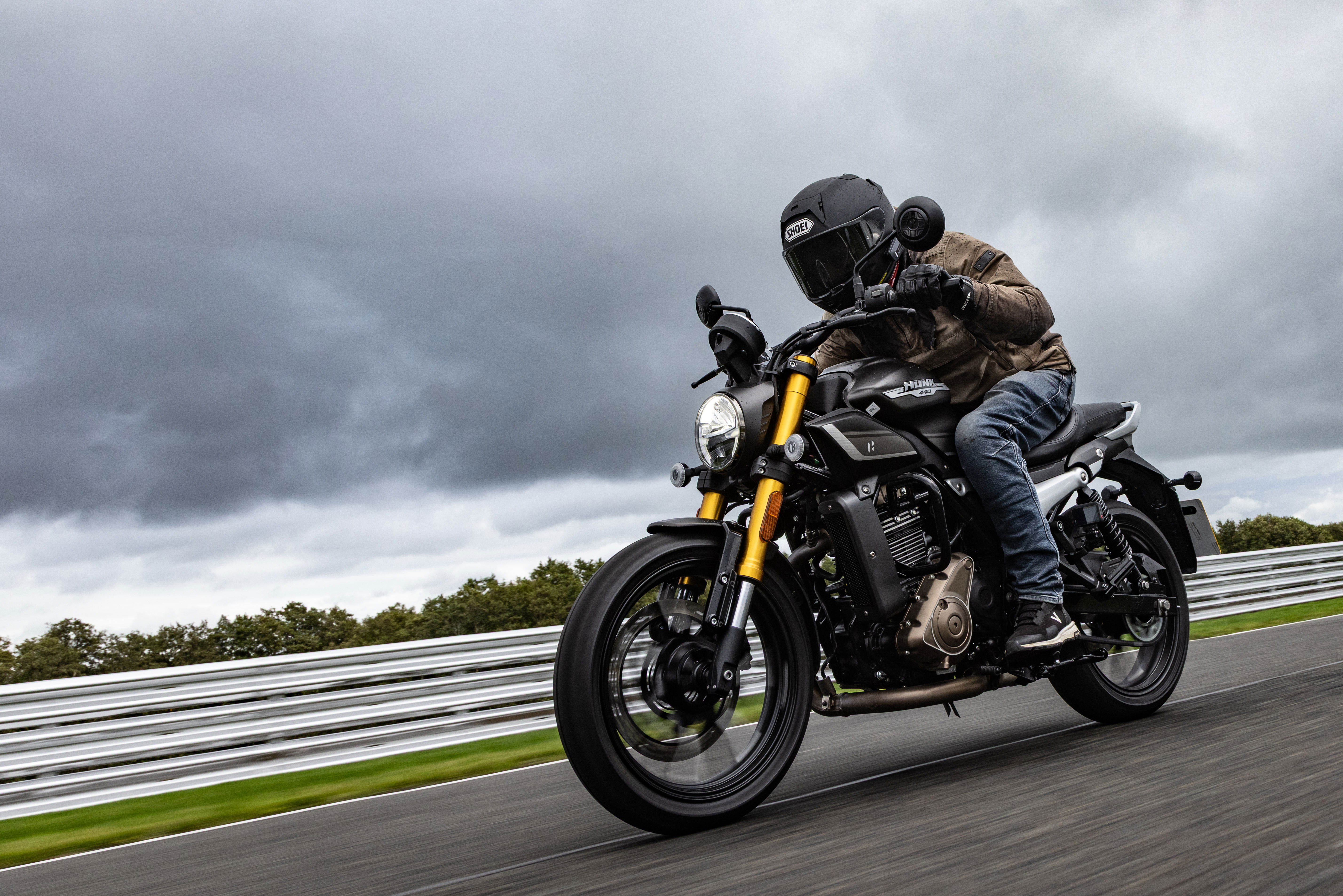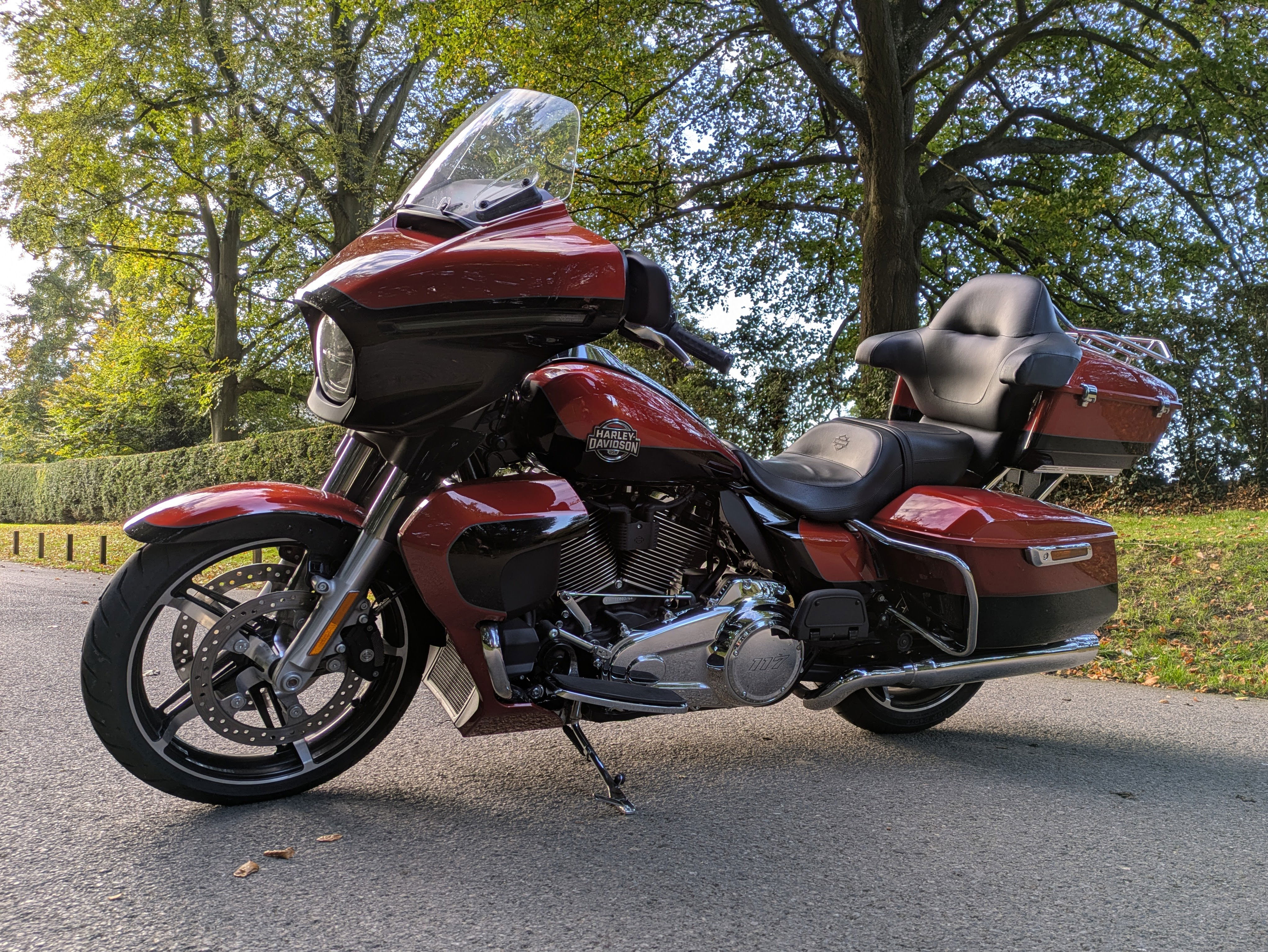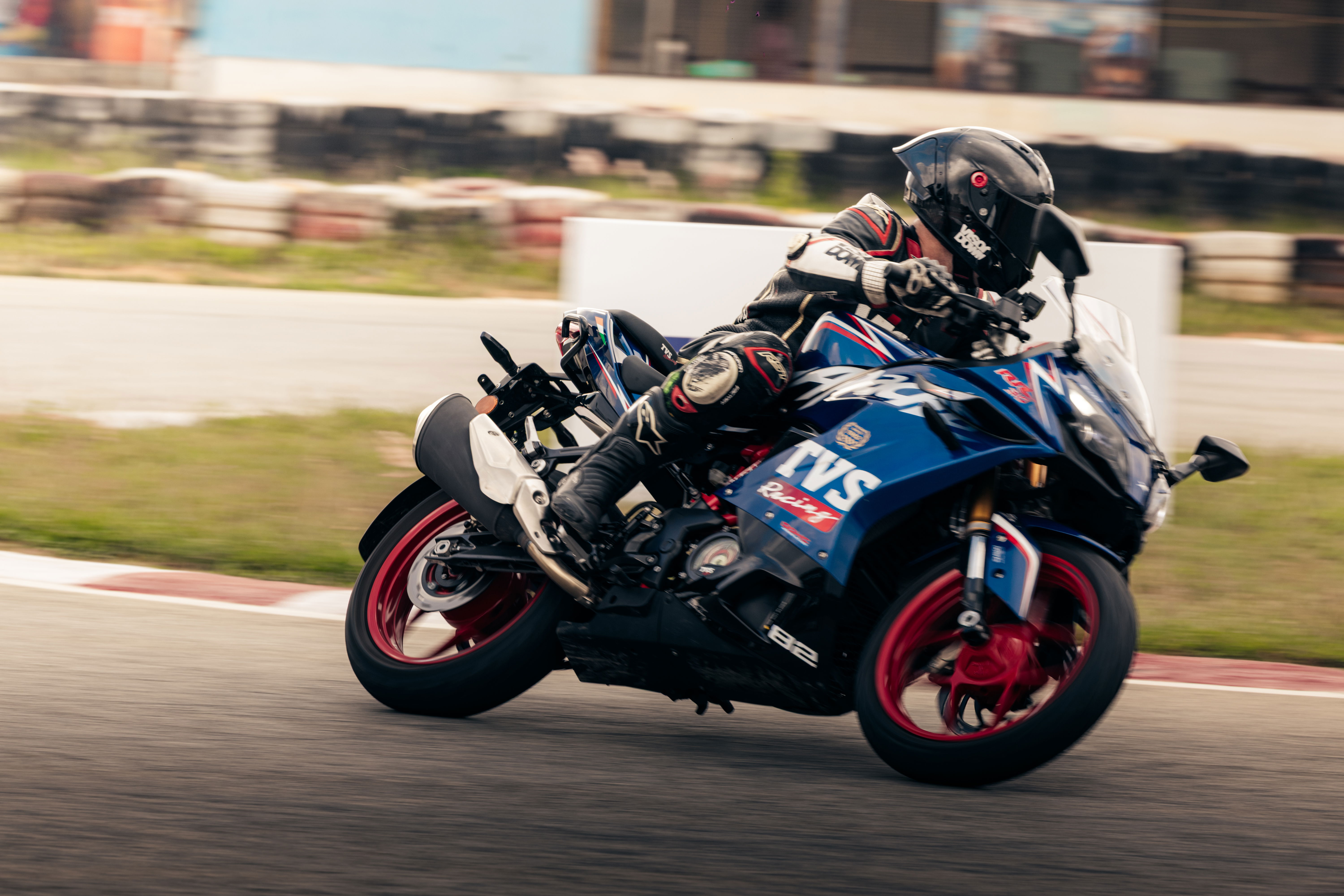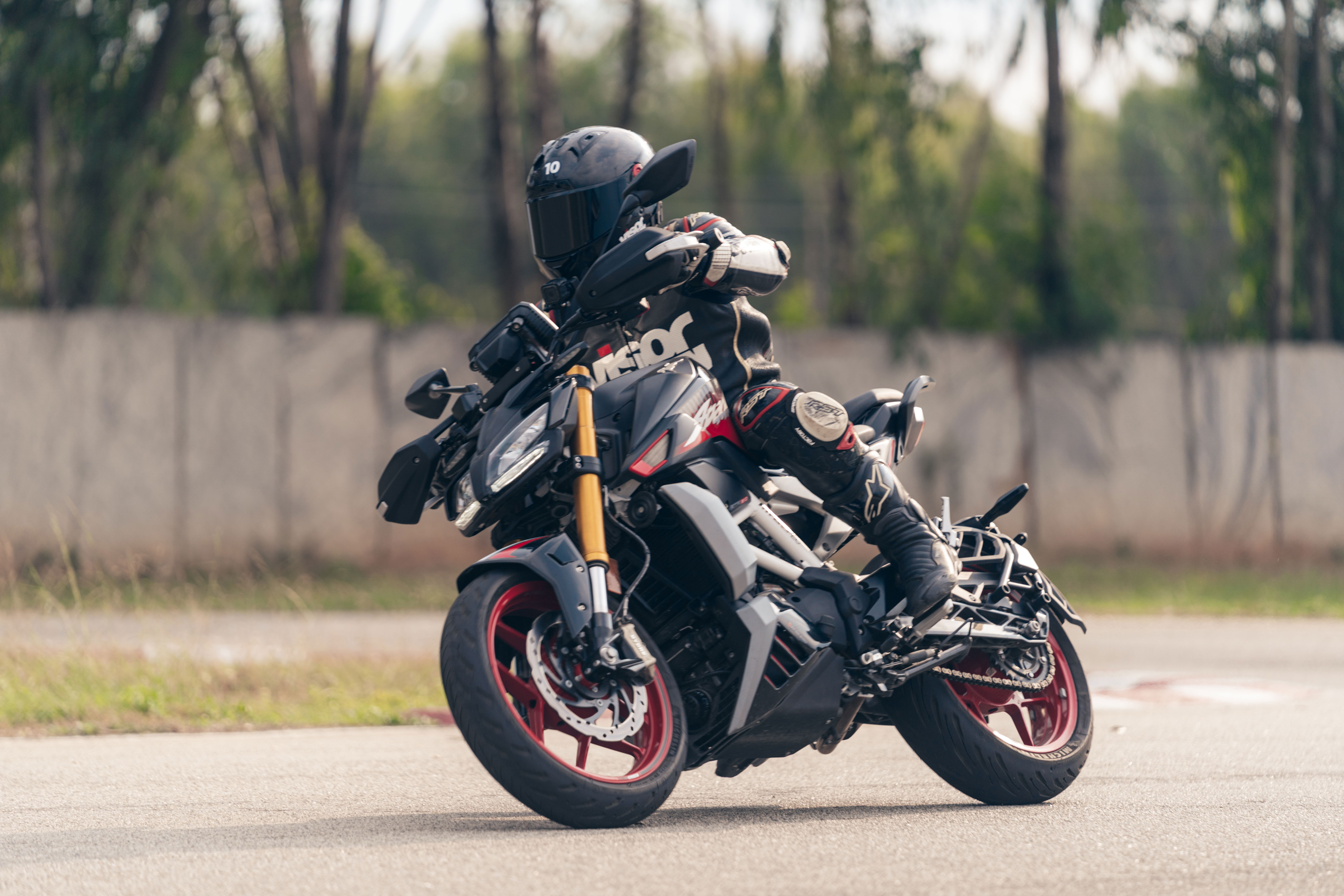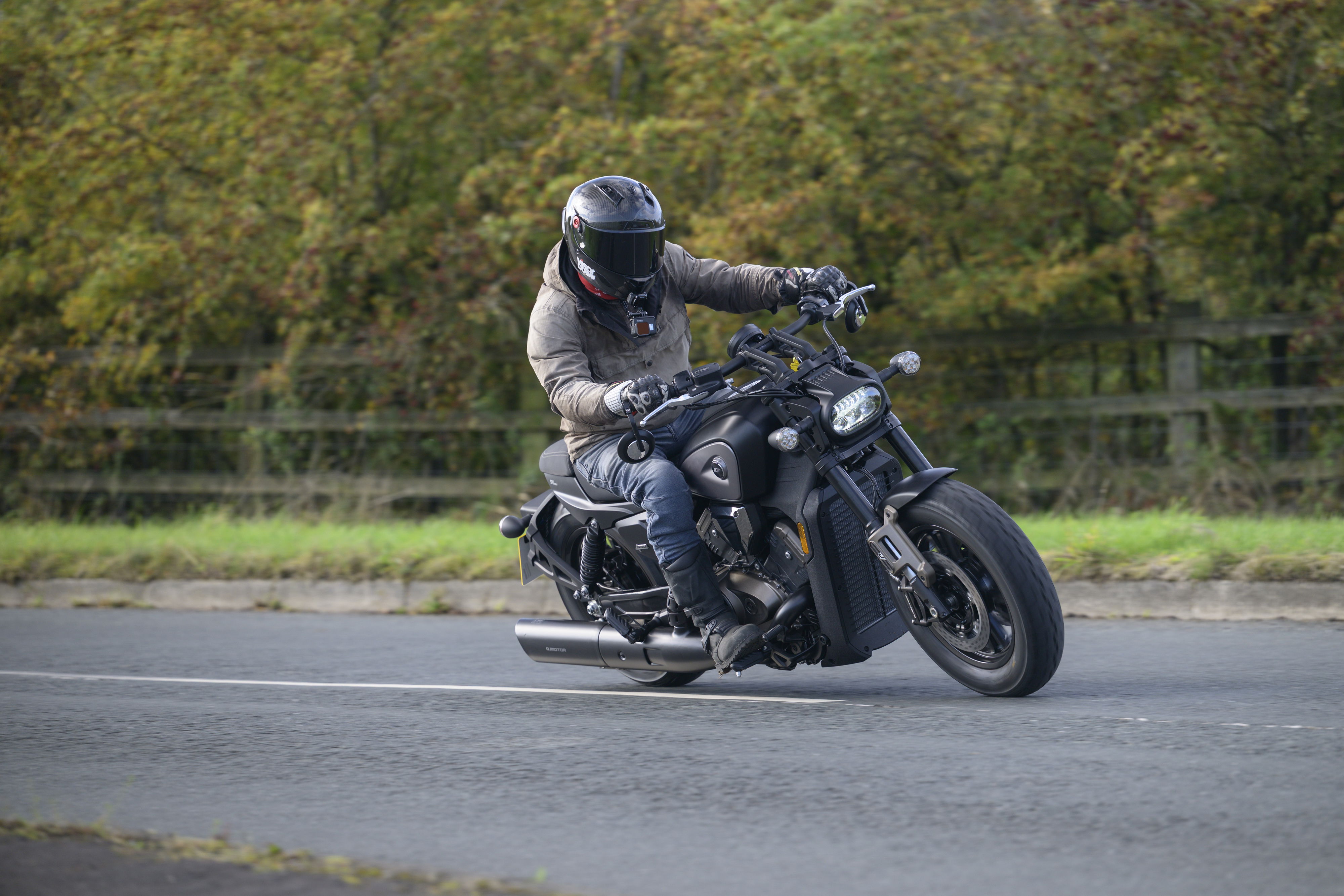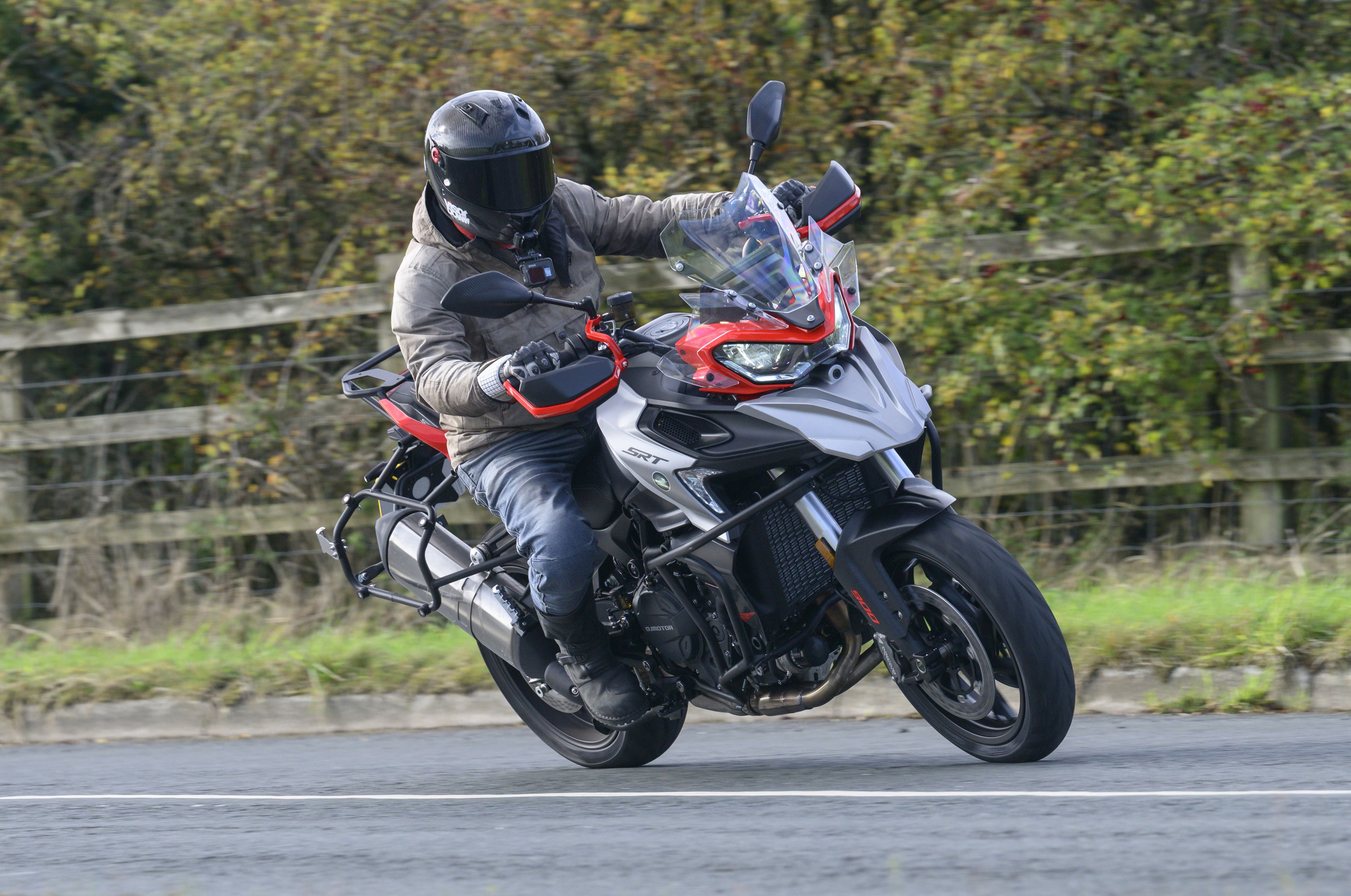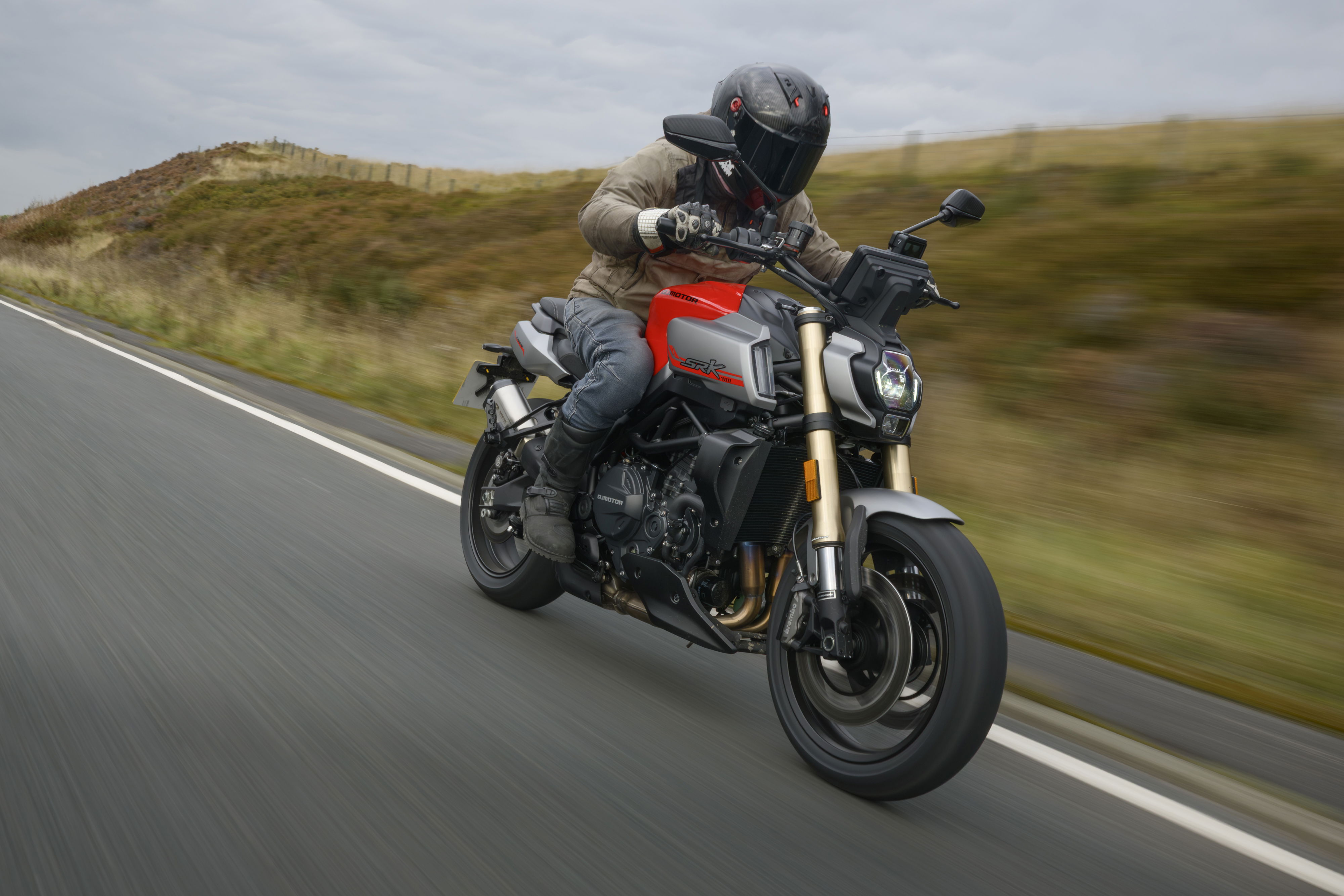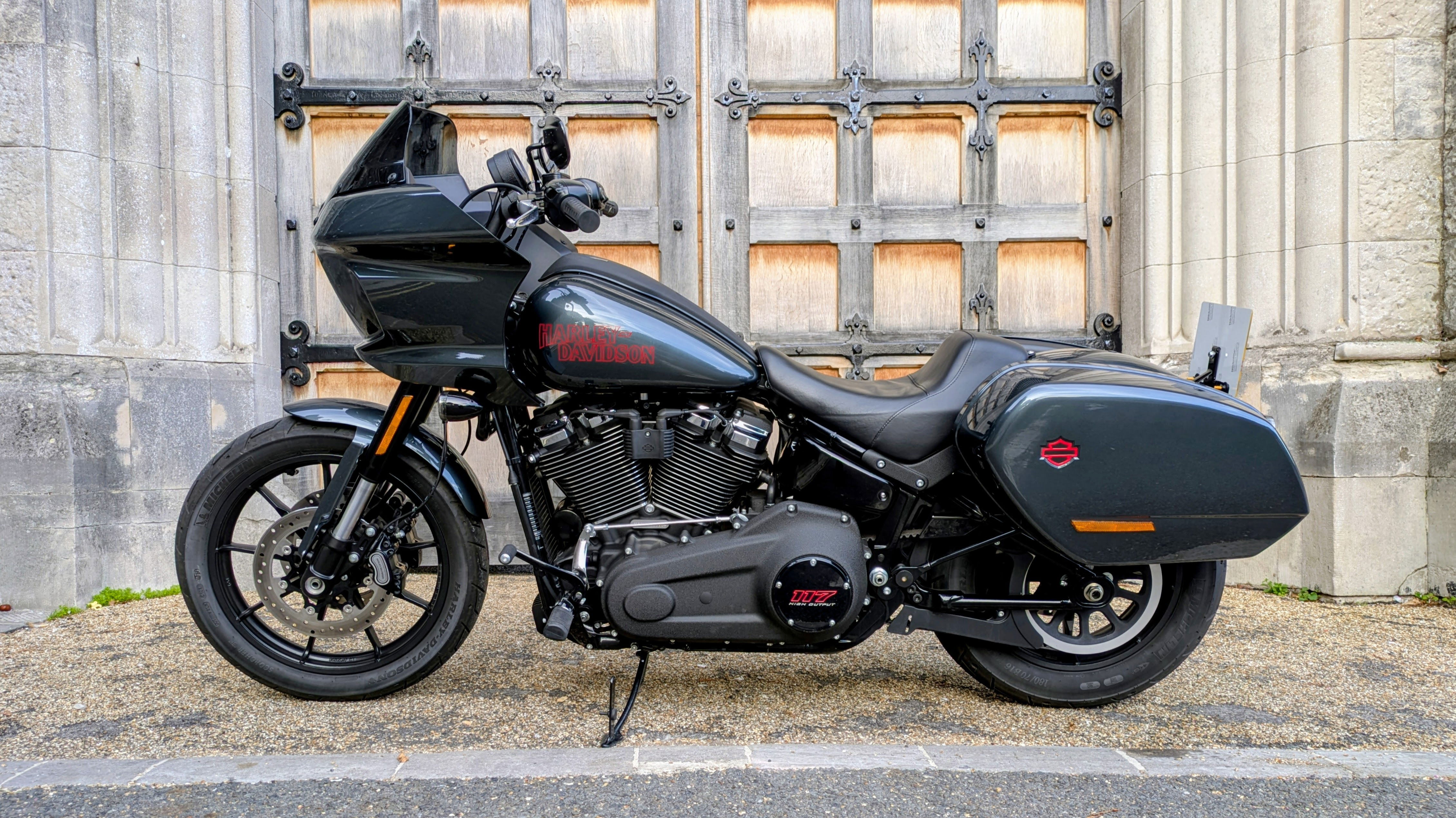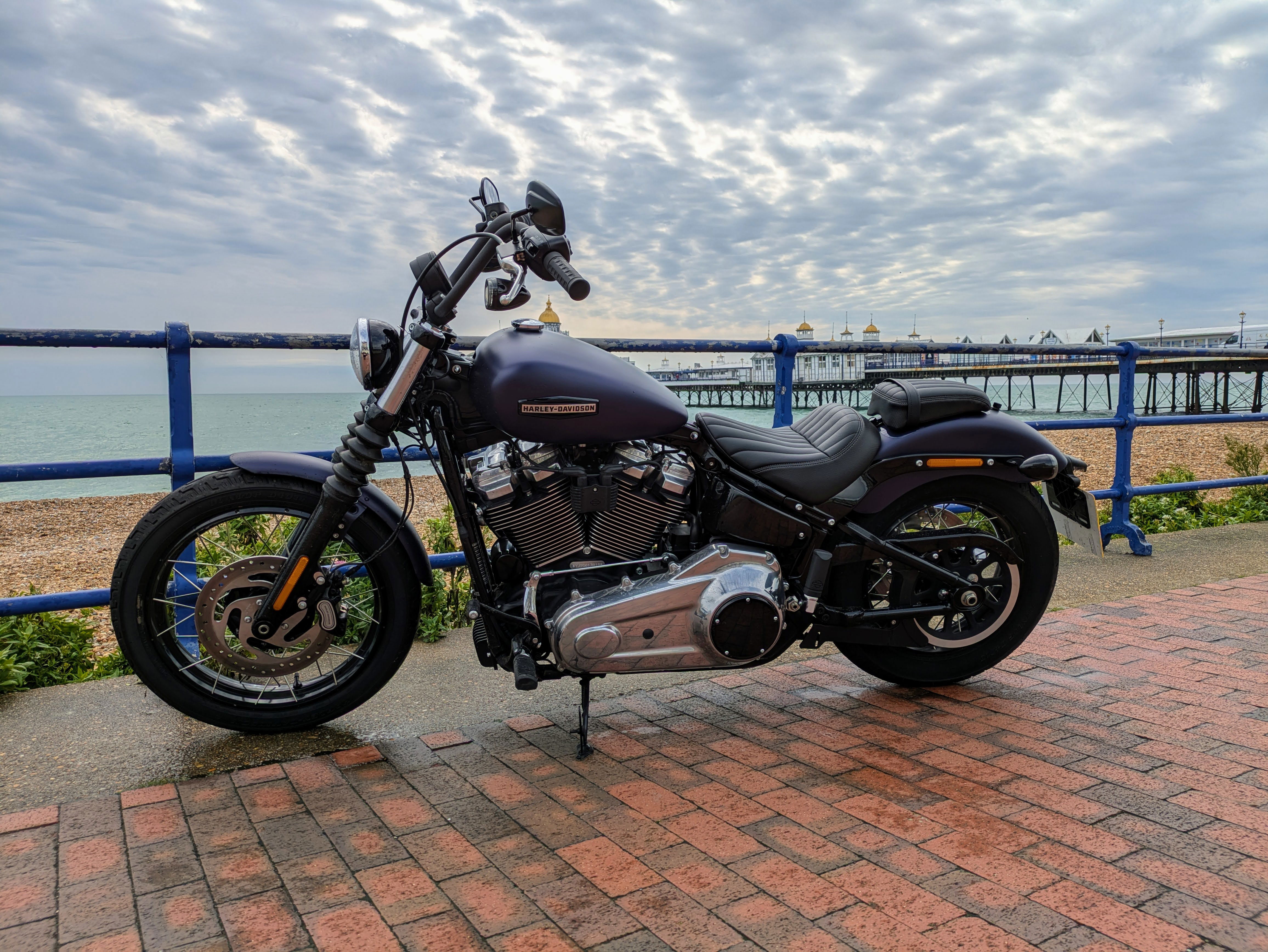Used Review: Honda CB600F Hornet
Born in 1998's naked middleweight boom, the Honda Hornet has evolved into a more capable, practical machine than the tiny-tanked original model.

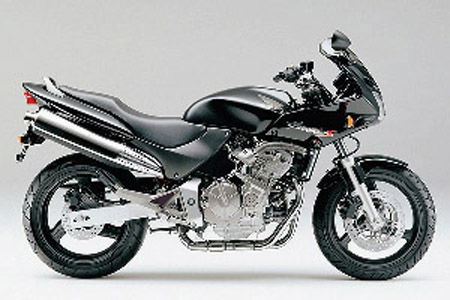 |
Honda's Hornet always been a handsome machine, but despite being up against some tough competition it's attracted a cult following.
It began in 1998, when Honda (and Yamaha with the Fazer) decided they'd had enough of Suzuki topping the sales charts with their Bandit 600, and wanted to get a slice of the action. The CB600F featured a detuned CBR600F motor, slung beneath a box-spine frame. Brakes were also from the CBR, but also 'detuned' with less fancy pads. Running gear was spartan and simplistic, but the whole plot had clean lines and pleasant looks.
The Hornet was originally blessed (or cursed) with the same size boots as the original FireBlade, chosen (said Honda) for control and agility, but many felt it was for the sort of looks that only fat rubber can provide. Eventually the machine swopped to more 'normal' 17-inchers in 2000.
Other flaws in the original were the poor fuel range and the brakes - which, according to Honda, were 'un-fierce' so as not to catch out the novice. Meanwhile, the Fazer had awesome anchors (from the R1), a torquey motor from the Thundercat and a fair degree more practicality with a half fairing. The Hornet got better brakes and a half fairing in '00.
Honda has done its best over the years to address the shortcomings, and the Hornet is still an attractive, simple machine to ride.
And that's precisely where and how the Hornet has scored over the years. The standard bike is a blank (and pretty cheap) canvas for those who liked to concoct something a little more unique for their two-wheeled kicks. That makes it not only the newbie's favourite, and a great city bike, but also a favourite for the motorcycle modifiers out there.
Finish
Not the best for a Honda. Sometimes it isn't the fault of the bike, though - it's the profile of the owner. Many are used as first, post-test bikes. Which means they're abused, dropped and generally neglected. Many others are used by city-dwellers for commuting, which means that naked motor gets salt and crud thrown over it all through the year. Conversely, you'll find many other Hornets - mainly the modified variety - are beautifully looked after. Finding a mint standard one is getting harder...
Rear shock
These should be good for more than 30,000 miles, but some owners report theirs have 'gone-off' earlier than that and lost a little of their gas charge. Thing is, they aren't rebuildable. Ken Summerton of the world famous K-Tech suspension services (01530 810625) offers the following advice: "These rear shocks are very budget and your best bet is to replace them with something better. You could spend on Ohlins or WP, but we do our own shock which is adjustable and rebuildable, all for just a few hundred quid."
Gearing
Standard is 15 front, 42 rear, but 15-44 makes for better acceleration. Gearing of 14-42, 14-43, 14-44, 14-45 or 15-42, 15-43, 15-44 can all be used on the standard chain. Remember that changes will mean different readings on the speedo since it reads from the gearbox output shaft. If yours has the standard 15-tooth front sprocket and a 44 rear, your speedo will read about five per cent faster than with standard gearing. So 2.5 mph faster at 50mph, 5mph faster at a 100. With 14-44 it should read speeds that are about 12 per cent faster.
Starting woes/regulator/rectifier
A number of owners have reported problems starting. This can have a number of causes - either the battery is discharging, the rectifier has failed, there's corrosion around or on the starter relay, or a drain from an alarm. Purchasing decent batteries and genuine Honda parts (regulator/rectifier) generally heads off the problem.
Starting noises
Don't worry too much about starting noises - as long as they soon go. Many owners report that with too much or too little choke the motor takes a while to chime in on all four. The trick is full choke and one-quarter throttle.
Engine
Compared with its early peers such as the SV650 and Fazer, the Hornet's motor was definitely 'buzziest' of the pack (groan!) But this made it feel more exciting than the opposition, even if you had to tap the gear lever and wring the throttle a little more. Drive came from around 5000rpm, followed by tingling at 6-7000 revs and an explosion of motive thrust from 9000rpm to a shade before the 13,000 redline.
Overheating
Some bikes have been known to overheat. For fan problems, first check that the fan blade moves freely, then check the fuse (10 amp, red) in the box under the seat. Sometimes the problem can be traced to a lack of coolant, or the temperature sensor on the radiator. A new one of those costs about £40.
Fuel range
Utterly abysmal on the first models rising to poor on later machines. The original 16-litre tank was pathetic, leading to around 80-100 miles before reserve on the road. The fuel tap was also fiddly to get to and it had no fuel-gauge. Things have got better - a 17-litre tank came out in 2003. Many owners have bought after-market 20-litre tanks.
Squealing water pump
At low revs sometimes owners report a high-pitched squealing from the water pump. Dead easy to solve, this. Strip the pump out (there's only three bolts), clean out the crap and add fresh fluid/coolant. Job done.
Forks
Notoriously soft as standard, many hard-core Hornet owners get them upgraded. Like the shock, forks on bikes like this are generally disposable rather than rebuildable, but according to K-Tech's Ken Summerton (01530 810625) there is room for improvement: "You can simply put in heavier springs and oil or, for around £180, we can supply a 20mm cartridge set for the forks which makes them more like a set of CBR600 forks. This transforms the front end."
Aftermarket parts
You'll see a myriad of different parts on Hornets. It's rare to find a good, clean example without any bolt-ons. For Jap bikes, the general rule is not to pay any extra for aftermarket gear on second-hand machines, but search hard and you'll find a clean, standard example or a machine with the bolt-ons that you want. Decent accessories include screens (on the naked version) fender-extenders, huggers, belly-pans, Scottoilers and crash bungs. Only buy a bike with an aftermarket pipe if you also get the original can for the MoT. With that in mind, be wary if the end can looks mint and the downpipes shagged. Maybe it's had an aftermarket can on and has been re-jetted to suit. Ask the question...
Brakes
These really suffer from neglect, so strip and clean regularly - especially if you commute during winter. Owners report that pistons can seize if you don't clean 'em often during the cold seasons. Early models had down-graded pads, but most will have aftermarket pads and hoses now. All models benefit from shopping around for softer pads and better hoses.
Tyres
Many makes of tyre are popular on the Hornet; Bridgestone's old BT56s were the standard fitment for the original bike, and their later offerings are also well liked. Other faves are Pirelli Diablos and any Metzeler equivalents. Tyre pressures for the road should be around 36psi front, 42psi rear.
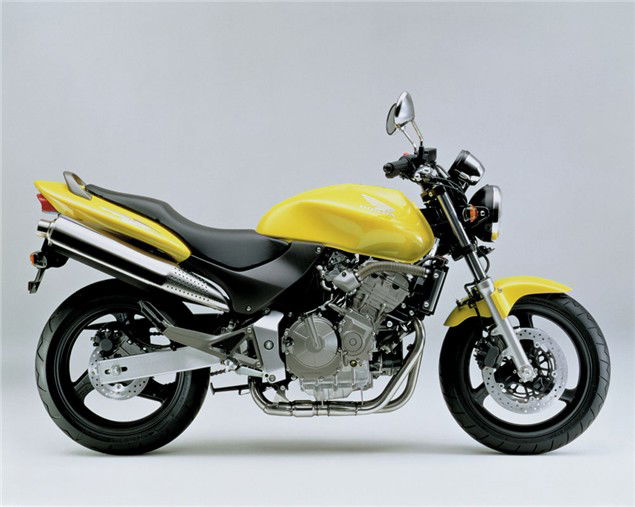
Honda's Hornet has always been a handsome machine, but despite being up against some tough competition it's attracted a cult following.
It began in 1998, when Honda (and Yamaha with the Fazer) decided they'd had enough of Suzuki topping the sales charts with their Bandit 600, and wanted to get a slice of the action. The CB600F featured a detuned CBR600F motor, slung beneath a box-spine frame. Brakes were also from the CBR, but also 'detuned' with less fancy pads. Running gear was spartan and simplistic, but the whole plot had clean lines and pleasant looks.
The Hornet was originally blessed (or cursed) with the same size boots as the original FireBlade, chosen (said Honda) for control and agility, but many felt it was for the sort of looks that only fat rubber can provide. Eventually the machine swopped to more 'normal' 17-inchers in 2000.
Other flaws in the original were the poor fuel range and the brakes - which, according to Honda, were 'un-fierce' so as not to catch out the novice. Meanwhile, the Fazer had awesome anchors (from the R1), a torquey motor from the Thundercat and a fair degree more practicality with a half fairing. The Hornet got better brakes and a half fairing in '00.
Honda has done its best over the years to address the shortcomings, and the Hornet is still an attractive, simple machine to ride.
And that's precisely where and how the Hornet has scored over the years. The standard bike is a blank (and pretty cheap) canvas for those who liked to concoct something a little more unique for their two-wheeled kicks. That makes it not only the newbie's favourite, and a great city bike, but also a favourite for the motorcycle modifiers out there.
Continue the Honda Hornet CB600F Used Review


